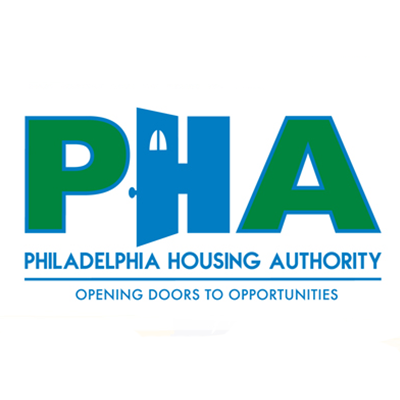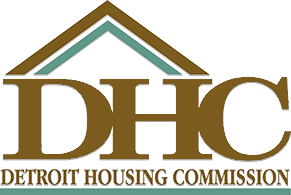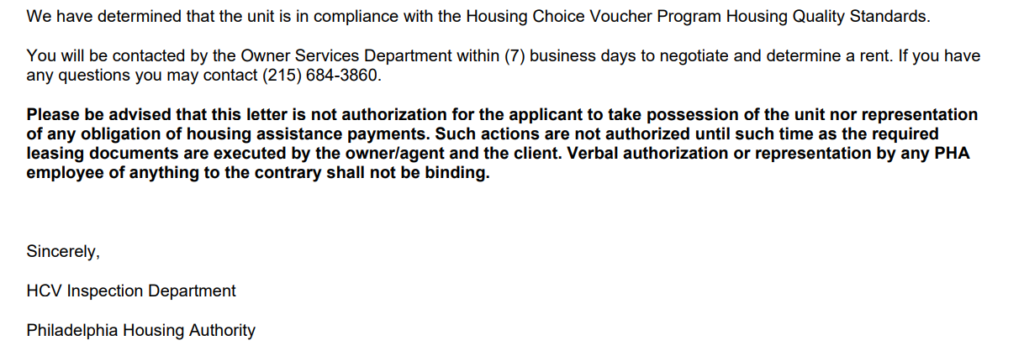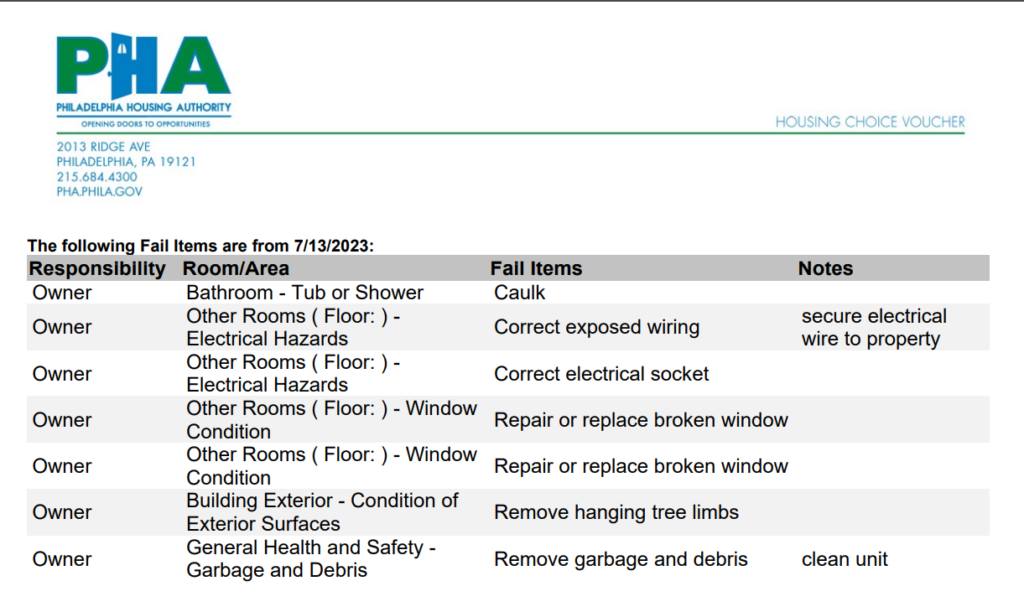If you’re a landlord considering joining the Section 8 program, there’s one crucial element you need to be prepared for: the Section 8 inspection process.
The inspection process is pivotal in ensuring that rental properties meet the standards for safety and livability, laying the foundation for a win-win situation for landlords and tenants. With benefits ranging from a steady stream of potential tenants to consistent rental payments, it’s no wonder that many landlords are exploring the Section 8 Avenue.
In this article, I’ll touch on the steps, expectations, and common queries surrounding this inspection protocol, giving you the insight you need to integrate seamlessly into the Section 8 housing initiative.
Whether you’re new to this domain or need a refresher, we’ve got you covered. Let’s get to it!
What Is a Section 8 Housing Inspection?

Dipping your toes into real estate, especially when it’s intertwined with government programs, demands clarity. For landlords leaning towards the Section 8 program, the term ‘Section 8 inspection’ can invoke a mix of curiosity and concern. But fret not; let’s break it down in simple terms.
The Section 8 housing inspection is a quality assurance measure. Its primary goal? Ensure that every rental property under the Section 8 banner provides residents with a safe, clean, and habitable environment. The U.S. Department of Housing and Urban Development (HUD) has established particular Housing Quality Standards (HQS). These standards aren’t just a bureaucratic checklist; they are designed with the well-being of the tenants in mind, ensuring they have access to housing that genuinely feels like home.
In the upcoming sections, we’ll uncover who performs these inspections, when they happen, and what to do if there are hiccups.
With the proper knowledge, you can transform this inspection from a daunting procedure into a smooth, routine part of your real estate journey.
Who Conducts Section 8 Inspections?
Ensuring every unit meets the requisite Housing Quality Standards (HQS) is paramount. So, who holds this significant responsibility?
Local Public Housing Authority (PHA)



The PHA operates as the agency at the city or county level responsible for administering the Section 8 program. But they’re more than just administrators; they play a pivotal role in the Section 8 inspection process.
PHA Inspectors
The PHA employs trained professionals, often referred to as PHA Inspectors, who are well-versed in the nitty-gritty of the HQS. Their role is straightforward yet essential: to evaluate and ascertain that each property aligns with HUD’s established quality standards.
The PHA inspectors will typically provide feedback directly after the inspection. This immediate communication ensures landlords understand any potential areas of improvement or necessary repairs. It’s a collaborative effort where the landlord and the inspector work towards a common goal: providing quality housing for Section 8 beneficiaries.
Third-Party Inspectors
While the primary responsibility of conducting Section 8 inspections lies with the PHA inspectors, another group of professionals might be involved: third-party inspectors. Their involvement often arises from various circumstances, and understanding their role can offer a more comprehensive perspective on the Section 8 inspection process.
Why Third-Party Inspectors?
Sometimes, the PHA may need help with the number of properties awaiting inspection. Third-party inspectors might be engaged to maintain efficiency and ensure timely evaluations.
Just like PHA inspectors, third-party inspectors often hold certifications in housing inspections. They undergo rigorous training to ensure they’re well-equipped to evaluate properties against the HQS.
Next, let’s explore the timeline for section 8 inspections.
When Do Section 8 Inspections Happen?
For landlords navigating the Section 8 landscape, timing is everything. Understanding when inspections occur can significantly ease the integration process into this housing program. Let’s unpack the various instances when you can expect the spotlight to be on your property.
Initial Inspections
The first encounter with the Section 8 inspection process happens even before a Section 8 tenant moves in. As soon as you express interest in the program and have a potential Section 8 tenant lined up, your property undergoes an initial inspection. This foundational check ensures that the property is up to par with HQS.
Annual (Routine) Inspections
Ensuring consistent quality is a hallmark of the Section 8 program. To this end, your property will undergo routine inspections after the initial inspection, typically annually. These inspections serve as periodic health checks, ensuring optimal living conditions throughout the tenancy.
Complaint-Driven or Special Inspections
Beyond the scheduled checks, there might be instances when an unscheduled inspection is necessitated. Complaints or concerns from the tenant or the neighbors often drive special inspections.
Emergency Inspections
In rare scenarios, emergency inspections might be conducted if there’s an immediate perceived threat to the tenant’s safety — such as a gas leak or structural damage. These are usually impromptu, with inspectors arriving on short notice or even immediately, given the situation’s urgency.
Re-inspections
A re-inspection is scheduled if a property fails to meet specific criteria during an inspection. This allows landlords to address the highlighted concerns and ensure the property aligns with HQS. The re-inspection timeframe varies but typically allows a reasonable window for landlords to make the necessary repairs.
What Happens When the Inspection Is Done?
The inspection day has come and gone. The dust has settled, but what unfolds next? The aftermath of the Section 8 inspection process is as crucial as the inspection itself, shaping the trajectory of your involvement in the Section 8 program. Here’s a step-by-step walkthrough of the post-inspection phase:
Receipt of the Inspection Report
After the inspection, the PHA or the third-party inspector compiles a detailed report of their findings. This report will typically be provided to landlords within a specified timeframe, which may vary depending on the local PHA’s protocol.
Understanding the Report
The inspection report will highlight the areas where the property met the HQS and pinpoint any violations or areas of concern. Clear explanations or descriptions may accompany these findings (although a more cryptic interpretation is usually required).
Clearance or Need for Repairs

If your property sails through the inspection without any hitches, it receives clearance, and you can proceed with renting to a Section 8 tenant.
On the flip side, if there are violations or repairs needed, the report will outline these clearly, often categorizing them based on urgency.
Addressing Violations
Landlords are given a specified period (in the City of Philadelphia, you can expect 14 days) to address and rectify the cited violations.
It’s essential to act promptly, as the housing authority can cancel your prospective tenant’s requested move-in.
Re-inspection
If you find yourself on the receiving end of a failed inspection, a re-inspection is scheduled once the necessary repairs are completed.
This ensures that the violations were adequately addressed and that the property aligns with the HQS. Some housing authorities will allow you to self-certify repairs by uploading photos of the corrected violations.
You can proceed with the rental process if the property clears the re-inspection.
Communication with Tenants
It’s good practice to keep your prospective tenant informed of the inspection results and any repair timelines throughout the inspection process. Open communication fosters trust and ensures that tenants clearly understand where they are in the leasing process.
What Happens If You Fail?

No landlord wishes for it, but it’s a possibility: failing the Section 8 inspection. While it might initially sound like a setback, it’s essential to understand that this is often a temporary hiccup, with clear avenues for a passing grade:
Immediate Feedback
Upon conclusion of the inspection, inspectors often provide verbal feedback, especially if there are glaring issues. This immediate communication gives landlords a heads-up on what to expect in the formal report.
Detailed Report
Within a stipulated timeframe, you can expect to receive a report highlighting all areas where the property needs to meet HQS. From personal experience, I’ve found that the explanation of each violation will be vague. It is often best to ask the inspector for their suggestions or guidelines on how to rectify the issue(s).
Categorization of Violations
Not all violations are created equal. They’re typically categorized based on their severity and potential impact on tenants:
- Minor Violations: These are smaller issues that can be quickly addressed, like fixing a leaky faucet or replacing a broken window latch.
- Major Violations: These are significant concerns that might compromise the safety or well-being of tenants, such as faulty wiring or structural damage.
- Emergency Violations: As the name suggests, these are urgent, immediate threats, like gas leaks. They demand instant attention.
Rectification Window
Depending on the nature and severity of the violation, you will be granted a timeframe for rectification. This timeframe will vary depending on the local housing authority.
Re-inspection
Once repairs are complete, a re-inspection is scheduled. If the property now meets HQS, it receives clearance. However, if it fails the re-inspection, you might be afforded another opportunity to address lingering issues, or your prospective tenant’s move might be canceled; this will vary based on the local PHA’s policy.
Most Common Section 8 Inspection Violations
Awareness is the first step to prevention. By understanding the typical pitfalls that lead to Section 8 inspection failures, landlords can proactively address these issues, ensuring smoother inspections. Here are some of the most recurrent violations that inspectors come across:
Safety Hazards
- Blocked Exits: Obstructions that prevent easy egress in case of emergencies.
- Non-Functional Smoke Detectors: A crucial safety feature, often overlooked or with expired batteries.
- Faulty Electrical Systems: Exposed wiring, malfunctioning outlets, or overloaded circuits.
Structural Concerns
- Roof Leaks: Signs of water damage on ceilings or walls indicating potential roof issues.
- Cracked or Broken Windows: These pose a security and safety risk, as broken windows can become a cut hazard.
- Unstable Railings or Stairs: Especially in multi-level properties or those with balconies.
Health Violations
- Mold and Mildew Presence: Often stemming from unresolved leaks or poor ventilation.
- Pest Infestations: Signs of roaches, rodents, or other pests.
- Inadequate Ventilation: Especially in areas like bathrooms, leading to excessive moisture buildup.
Plumbing and Sanitation
- Leaky Faucets or Toilets: Wasted water and potential mold hazards.
- Lack of Hot Water: Malfunctioning water heaters or other related issues.
- Blocked Drains: Leading to possible backups and sanitation concerns.
Appliance and Mechanical Issues
- Non-Functioning Stoves or Ovens: A primary concern for tenants’ daily needs.
- Refrigerators Not Maintaining Temperature: Leading to potential food safety issues.
- Non-Operational Heaters: Especially concerning during colder months.
General Maintenance
- Torn Carpets or Flooring: Trip hazards or signs of general disrepair.
- Peeling Paint or Wallpaper: Aesthetic issues that might indicate deeper moisture or structural concerns.
- Broken Locks or Latches
Understanding and preemptively addressing these common violations can significantly streamline the Section 8 inspection process for landlords. While this list covers frequent concerns, always refer to the Housing Quality Standards for a comprehensive understanding.
Frequently Asked Questions
The Section 8 inspection process can feel like a maze, especially for first-time landlords. Addressing common queries can help navigate this landscape with clarity. Here’s a compilation of frequently asked questions and their answers:
Typically, an inspection lasts anywhere from 30 minutes to several hours, depending on the property’s size and condition.
While the owner/landlord doesn’t need to be present, most PHAs require that an adult over 18 be present.
If you miss the repair timeline deadline, you might face delays in contract approvals or even jeopardize your participation in the program. It’s crucial to communicate any challenges to the PHA promptly.
Yes, tenants can raise concerns or complaints that might trigger a special inspection. This underscores the importance of maintaining open communication with tenants and addressing their concerns.
The PHA typically covers initial and routine inspections.
After the initial inspection, properties usually undergo annual inspections. However, special or emergency inspections can be scheduled if specific concerns or complaints arise.
You can try your hand at contesting or appealing inspection results. Approaching the local PHA with evidence or explanations to support the case is essential.
After completing the required repairs, if your PHA offers self-certification, you can immediately contact the PHA. Otherwise, you may need to wait for the scheduled date according to the PHA’s designated repair timeframe.
Yes. Inspection results specifically pertain to the Section 8 program. Failing an inspection doesn’t bar you from renting to non-Section 8 tenants. However, ensuring the property is safe and habitable is crucial.
While the foundation – the Housing Quality Standards – is federal, there can be localized additional criteria set by local PHAs. It’s always advisable to check with your local PHA for specific requirements.
The Wrap Up
The Section 8 inspection process is more than just a procedural step for landlords; it’s a commitment to providing quality, safe housing for tenants. For many landlords, it’s a gateway to a stable income stream and the opportunity to play a pivotal role in the community’s housing solutions. Let’s recap the essential insights from what we covered:
Key Takeaways
- Emphasis on Safety and Quality: The primary objective of the Section 8 inspection process is ensuring that properties meet Housing Quality Standards, emphasizing safety, health, and overall quality of life for tenants.
- Dynamic Process with Clear Pathways: While the prospect of inspections can seem daunting, landlords have clear guidelines, timelines, and resources to navigate any hitches, ensuring properties align with required standards.
- Benefits of Preparedness: Understanding and proactively addressing common pitfalls can significantly streamline inspections. Regular property maintenance and attention to detail go a long way.
- Valuable Partnerships: The Section 8 program isn’t just about regulations and standards. It’s about forging partnerships — between landlords, tenants, and PHAs — ensuring everyone has a stake in successful housing outcomes.
Navigating the Section 8 landscape, especially the inspection process, can be intricate. But with the right resources, awareness, and commitment, you can ensure that your properties aren’t just structures but homes that nurture, protect, and sustain.